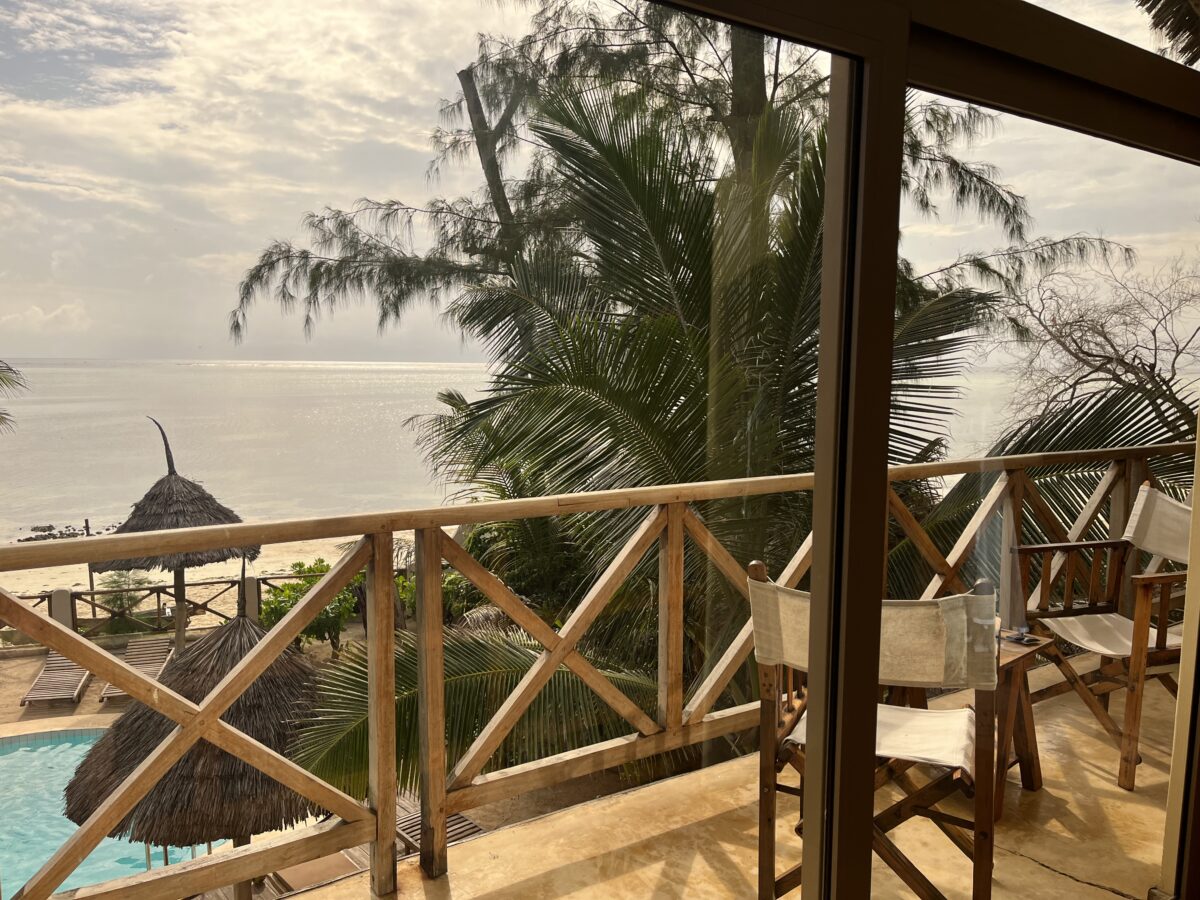Zanzibar is the part of Tanzania that is most likely to become energy independent, say researchers and investors. They claim that the island could do so through a mix of utility-scale PV projects and small solar installations from international investors and luxury resorts that want to improve energy security for their clients.
“PV installations are available, but they are very expensive luxury items to the average citizens in Tanzania,” said Chacha Mussa Machera, sales manager and administrative support for Africa at Amerisolar USA, adding that the average user would be hotels or other companies connected to tourism.
Over the past year, the number of international hotels investing in PV installations in Zanzibar has increased. Tanzania registered a record number of tourists in 2023 – more than 1.8 million – roughly double the level in 2021. Mount Kilimanjaro and Zanzibar are the most visited tourist attractions in Tanzania.
“We are pursuing a project that, in our estimation, will only satisfy one-third of the daily energy demand. In a different scenario, we would be inclined to invest in a solution allowing for complete independence from the electricity supplied by the island,” the spokesperson said, adding that the lack of clear regulations is a second hindrance.
A third issue has to do with the limited number of companies like engineering contractors and service companies that can carry out maintenance operations. Clove Island Makunduchi, like other companies on the island, told pv magazine that one possible strategy is to buy extra equipment and store it in case of need.
“We purchased additional parts that are prone to damage and may require replacement. At the same time, we are collaborating with a company that guarantees us rapid delivery of spare parts in case of any malfunctions,” said the luxury resort.
Larger installations
Investors also see room for larger PV installations by collaborating with local institutions and organizations. Larger resorts could also team up.
“The island has a developed touristic industry which could offer a good opportunity for self-consumption, and also commercial size projects,” said Stefano Cruccu, the director of Sopowerful Foundation.
The Dutch institution, which does not focus on the tourism sector, said that its 10 kW to 250 kW solar projects in Tanzania usually require between four to 18 months to build. Sopowerful Foundation installs small-scale, mostly off-grid solar systems for health care, education and water access.
Due to these trends, Zanzibar could become energy-independent, said Machera. The Tanzanian national mentioned two significant developments: a 1 MW installation for a hotel chain and a power purchase agreement between state-owned Zanzibar Electricity Corp. (Zeco) and two other companies.
The 180 MW installation will require a $140 million investment. Mauritius-based Generation Capital and Tanzania's Taifa Energy will implement it in phases. The first part, a 30 MW solar plant, will be built by the end of the year in Bambi, South Unguja Region.
Machera said that Zanzibar is connected to mainland Tanzania through a 100 MW undersea cable.
“Due to challenges in electricity generation on the mainland, as well as transmission concerns, Zanzibar is really looking for alternative sources,” added Machera.
The third sector, like some European embassies, also seems to be interested in investing.
Solar energy should play a key role in electricity generation in Tanzania in the future. Under the International Energy Agency's Africa scenario, electricity from solar is set to jump from 1.6 TWh in 2023 to 31 TWh in 2040. Most installations in the country should be standalone systems, but minigrid installations will also have a role. New grid connections could almost double the size of the existing network, but this boom is only featured in the best-case scenario.
This content is protected by copyright and may not be reused. If you want to cooperate with us and would like to reuse some of our content, please contact: editors@pv-magazine.com.



2 comments
By submitting this form you agree to pv magazine using your data for the purposes of publishing your comment.
Your personal data will only be disclosed or otherwise transmitted to third parties for the purposes of spam filtering or if this is necessary for technical maintenance of the website. Any other transfer to third parties will not take place unless this is justified on the basis of applicable data protection regulations or if pv magazine is legally obliged to do so.
You may revoke this consent at any time with effect for the future, in which case your personal data will be deleted immediately. Otherwise, your data will be deleted if pv magazine has processed your request or the purpose of data storage is fulfilled.
Further information on data privacy can be found in our Data Protection Policy.